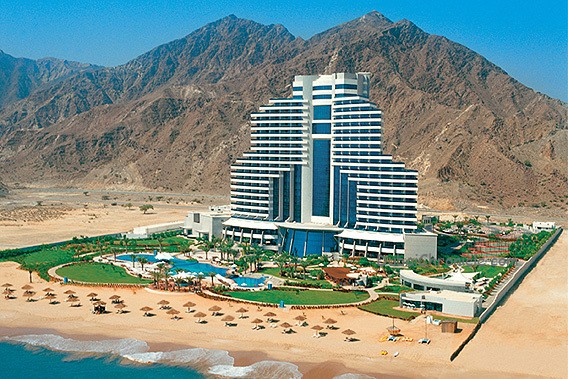
We are often imagining the end of the world, recreating our fears of the apocalypse in books and movies, but the reality comes knocking and it is not entertaining. The rapid decline of animal species is a clear sign we are headed for the sixth mass extinction, scientists say, and we are the ones responsible. Forget about meteorites and intergalactic wars – humankind is bringing its own end.
Climate change and ecologic issues have concerned us for a while, but now scientists say that human activity combined with the doubling of the global population in the past 35 years, has caused the decline of animal life on the planet. Research papers, published in the journal Science, explain that the loss of habitat and the global climate disruption will eventually lead to mass extinction of the species. The idea has become popular as the Sixth Mass Extinction and scientists say humanity plays the main role in this scenario.
The Earth has evolved through many geological periods over its 4.5 billion years of existence. Now, it’s in the so-called Anthropocene, which means human caused era. This isn’t science fiction or pseudo science, as many cynics love to say. The scientist, who developed the term, is Dutch chemist Paul Crutzen, a Nobel Prize winner, who is best known for his research on ozone depletion. According to him, global climate will change significantly from its natural behavior due to the human caused emissions. However, climate change is just one of the factors that will lead to mass extinction.
Ben Collen of the University College London and his colleagues found that human population may have doubled over the past 35 years, but the number of invertebrate animals (beetles, butterflies, spiders and worms) has dropped by 45%. And during that same period the there has been a 25% average decline of terrestrial vertebrates (mammals and reptiles). Although we tend to focus on the loss of big species such as pandas, tigers, and rhinos, the disappearance of each tiny insect will have irreversible and uncontrollable effect on the entire ecosystem. For example, the mass extinction of the honeybee populations across the globe will have terrible consequences on the food production.
According to scientists, more than 98% of all documented species are now extinct. Since life began on the planet, there have been five mass extinctions, with two of them quite popular. About 252 million years ago, the “Great Dying” has killed 90% of the world’s species, while 60 million years ago, the latest mass extinction snuffed out 75% of them, including dinosaurs. Elizabeth Kolbert, author of “The Sixth Extinction: An Unnatural History” says that the Earth has entered the sixth extinction, in which species are dying at a rate 1,000 times faster than pre-human existence. About 1/3 of reef-building corals, 1/3 of all freshwater mollusks, 1/3 of sharks and rays, ¼ of all mammals, 1/5 of all reptiles, and 1/6 of all birds are “headed toward oblivion”.
Reversing the current extinction will be complicated, nearly impossible. We are facing our greatest collective challenge – humanity’s own existence. There is still a chance, experts say, but societies and governments need to work for a sustainable future, hoping it won’t be too late.




































